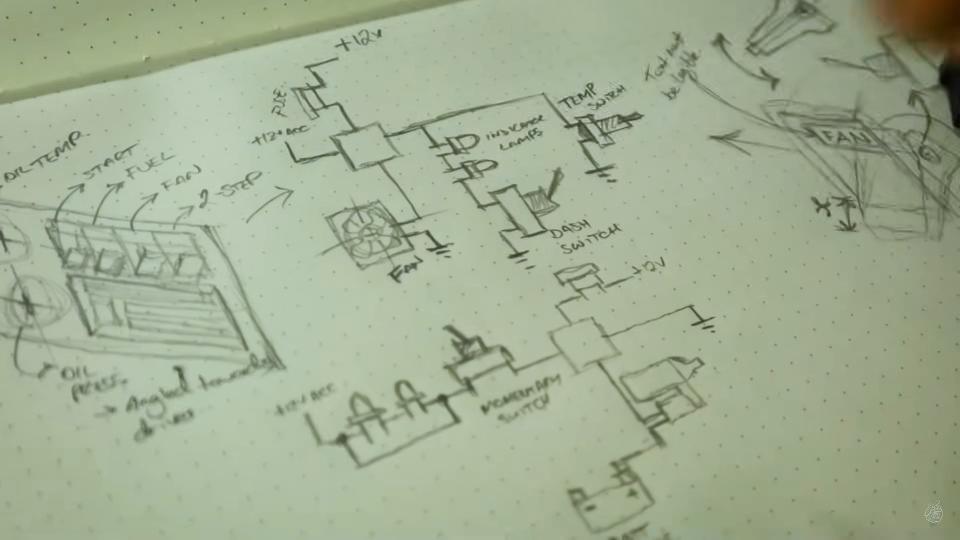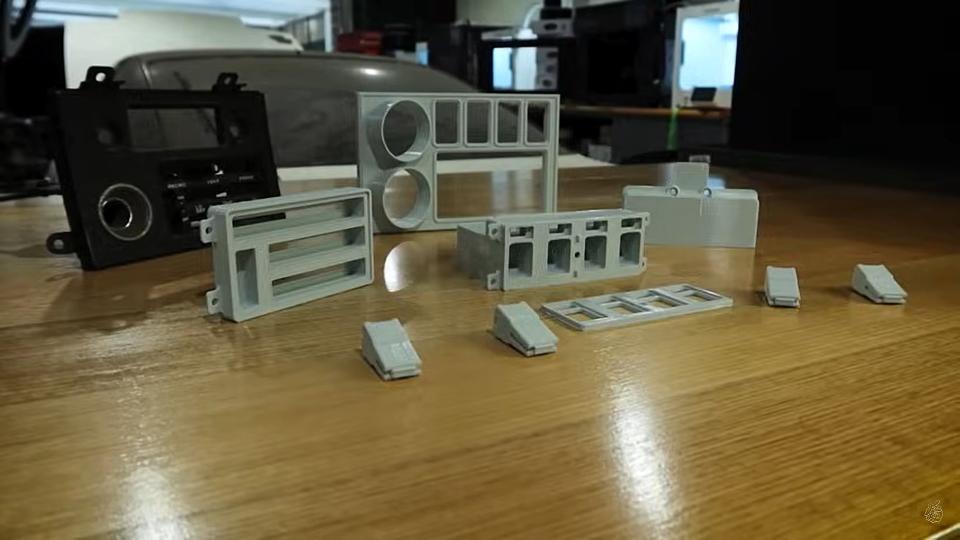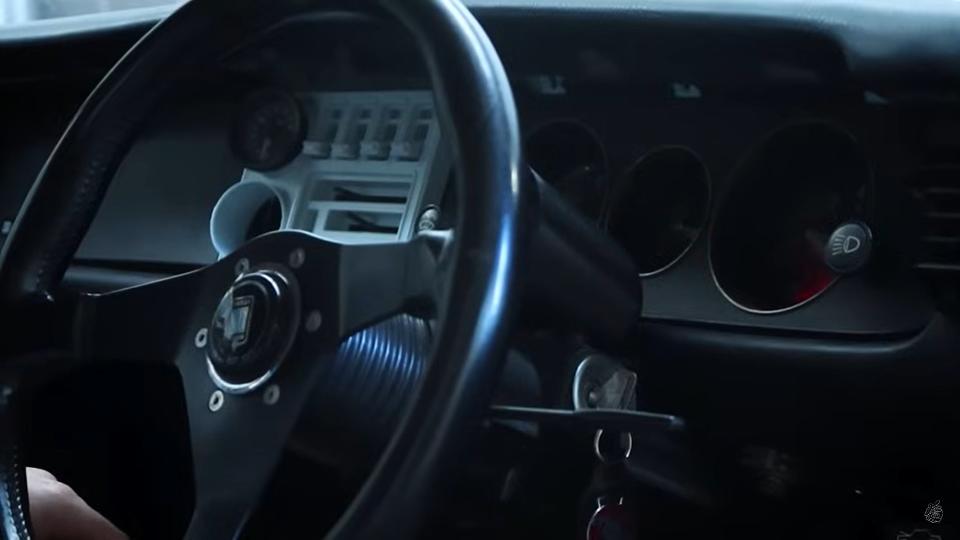The invention of 3D printing has made many car projects more, um, completable. Some discontinued parts can now be recreated from a computer drawing—which can introduce an opportunity for innovation and improvement. Such is the case for the owner of a vintage Toyota Corolla who creates 3D parts the way the factory should have but, you know, didn’t.
Ryan is the owner of Fat Lip Collective, a Melbourne, Australia-based 3D printer of classic car components and accessories. Mostly focusing on JDM Mazda, Nissan, and Toyota models (e.g., Corolla, RX-7, Silvia, and Skyline), the shop offers bits for the Holden Commodore, too. However, it’s the painstaking level of detail and planning that Ryan puts into each CAD-developed piece that sets him apart. Or, maybe it just makes him a typical mechanical engineer.
Consider his latest video, for example. In the 26-minute explainer, Ryan focuses solely on his rhyme, reason, and rhythm in creating a new switch panel for his second-gen KE25 Corolla. To Ryan, nothing is done without a purpose, even if the purpose is to fail.
“It’s good to test things as you go before you run off and commit to a design, and possibly pay for a bunch of manufacturing only to realize your errors when it’s too late,” he says, as if from experience. “It’s really what 3D printing is perfect for. Fail fast and fail often.”
However, getting to the creative art of failure requires a whole lot of prep work. Let’s backtrack a bit. All Ryan wanted was an “OEM plus” dash insert. Starting at the 2:25 mark, he says he “wanted the switch panel to look like it could’ve been an optional extra in 1974.” But with non-Toyota supercar inspiration a la the chunky style dash switches in Ferraris and DiTomasos of the 70s and 80s because “he likes the vibe.” Other updates include indicator lights, legible text for each control, and the inclusion of Omori JDM meter gauges.






One thing he considers is ensuring the 3D part fitment is to OE spec and not the “unceremoniously cut” dash space meant to force-feed an aftermarket head unit. The Toyota dash features steel and plastic so materials come into play, too. Ryan will have to decide whether to replicate that or not. If the latter, then he’ll need to use a strong enough plastic and rethink mounting supports. For the switches themselves, he openly discusses fuses, relays, and, importantly, what he wants them to control.
And all of this…
Click Here to Read the Full Original Article at Yahoo News – Latest News & Headlines…

